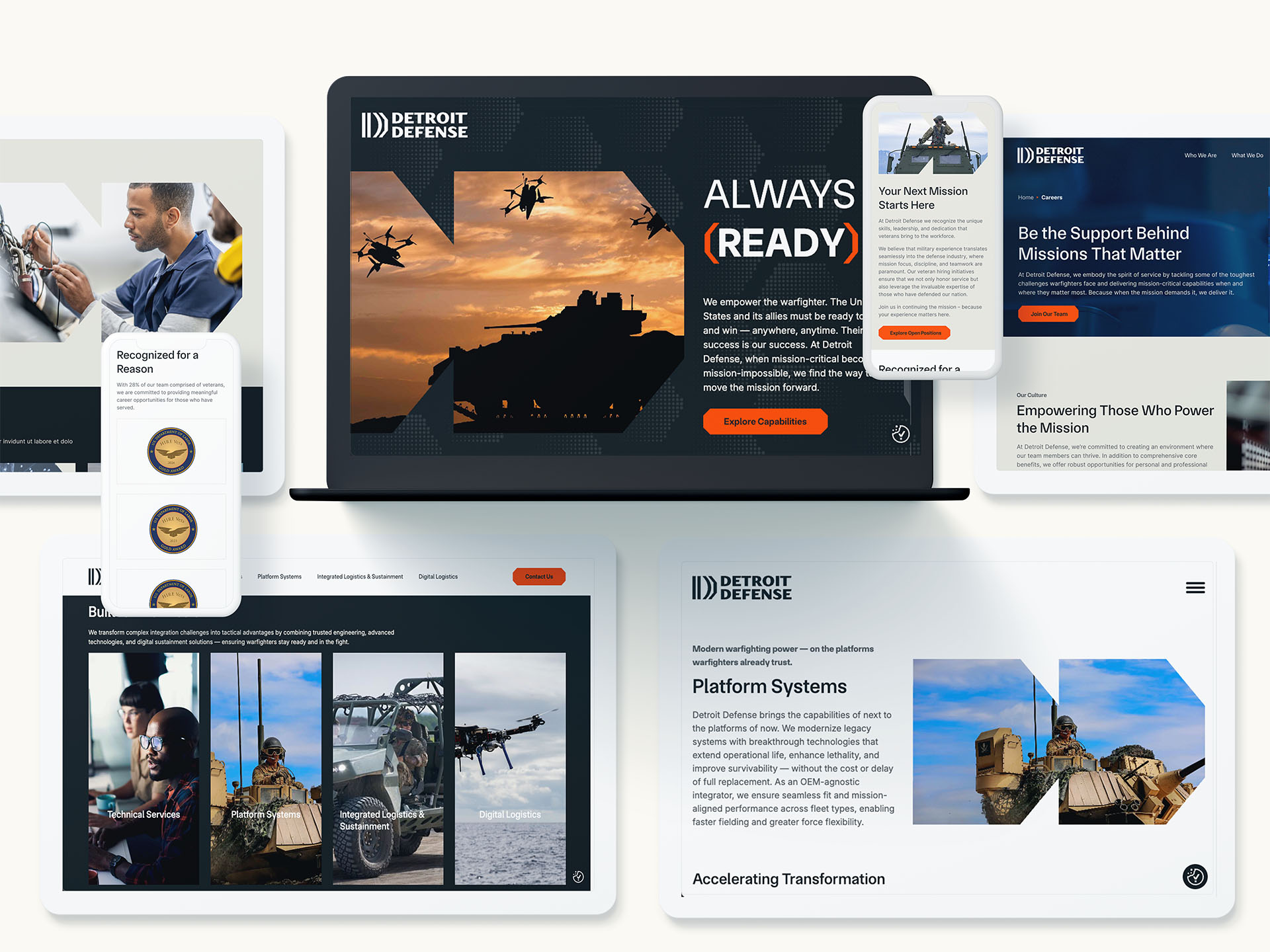If you’re a government contractor, you know SAM.gov is a must. It’s the gateway to doing business with the federal government, the baseline requirement for eligibility, and a compliance necessity. But here’s the hard truth: being listed on SAM.gov alone does not make you a competitive strategy. In today’s federal procurement landscape, a modern digital presence is just as critical as your contract vehicles.
Your website, social presence, and digital credibility often speak louder than a registration number. Procurement officers, prime contractors, and agency decision-makers increasingly research vendors online before reaching out. Simply put, SAM.gov tells them you exist—but your digital brand tells them why they should care.
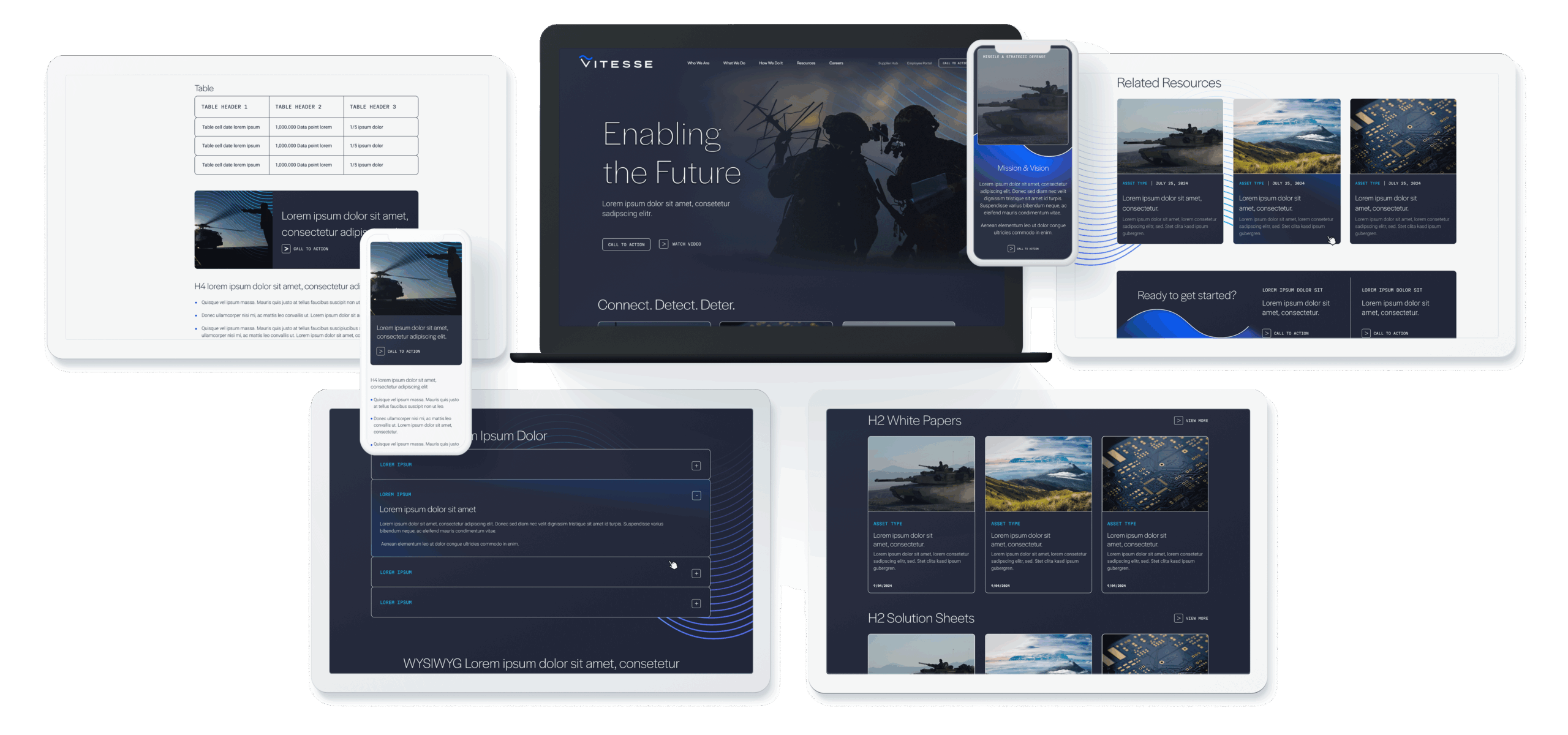
The Modern GovCon Buying Journey Has Changed
The federal buying journey has evolved. Buyers don’t wait until an RFP drops to assess potential partners—they research online, attend virtual events, and review thought leadership long before formal procurement processes begin.
Consider this: more than 70% of B2B buyers—federal included—conduct online research to vet potential vendors. They evaluate websites, social media profiles, and digital content to judge credibility and capability. A contractor with a strong digital footprint signals readiness, expertise, and reliability in ways that a SAM.gov listing simply cannot.
In essence, the playing field has shifted. Eligibility is required. Visibility and trust are differentiators.
The Problem with Relying on SAM.gov Alone
SAM.gov is static. It lists entities and contract vehicles but does not communicate value propositions, innovation, or performance history. Agencies don’t use SAM.gov to discover new vendors—they use it to verify credentials.
This leaves a gap: contractors who rely solely on SAM.gov may be invisible during early research stages. Two vendors could hold identical GWACs or IDIQs, yet the one with a polished website, active thought leadership, and consistent social presence will stand out. The question isn’t whether you’re compliant—it’s whether you’re compelling.

Digital Best Practices for GovCon Brands
Investing in your digital presence is no longer optional. Here’s how contractors can elevate their digital strategy:
1. Modernize Your Website
Think of your website as your digital contracting office. It should be clear, credible, and user-friendly. Include:
- Capabilities statements and case studies
- Contract vehicles and certifications
- Team and leadership profiles
- Mobile-friendly design and Section 508 compliance
A strong site demonstrates professionalism and operational readiness, making it easier for decision-makers to trust you.
2. Tell a Clear Brand Story
Your brand story sets you apart. Focus on:
- Mission alignment and impact
- Differentiators beyond contract numbers
- Visuals and messaging tailored to federal audiences
A concise, compelling narrative makes your brand memorable and positions you as a thought leader, not just a vendor.
3. Build a Thought Leadership Engine
Content is credibility. Develop insights on procurement trends, modernization efforts, or technical innovations. Publish blog posts, white papers, or LinkedIn articles that show your expertise. Position executives as industry voices to build trust and influence early-stage research.
4. Leverage SEO and Paid Media Strategically
Optimized digital content helps buyers and partners find you. Focus on:
- Keywords relevant to federal procurement and your niche (e.g., “cybersecurity modernization contractor”)
- Targeted paid campaigns to reach agency decision-makers and prime contractors
- Conversion tracking tied to forms, downloads, or event registrations
SEO and paid media extend your visibility beyond SAM.gov, helping you compete for attention where research starts.
5. Strengthen Digital Credibility
Consistency matters. Maintain a professional brand across your website, LinkedIn, industry directories, and proposals. Highlight contract vehicles, certifications, and partnerships. Incorporate testimonials or case summaries to validate performance. Every touchpoint should reinforce that your brand is capable, reliable, and mission-focused.

Measuring Digital Maturity in GovCon Marketing
Digital success is measurable. Key metrics include:
- Website traffic and engagement from federal IP ranges
- Inbound inquiries from teaming partners or agencies
- Search visibility for capability-specific terms
- Content engagement and social impressions among government audiences
Analytics not only track outcomes—they inform iteration. By understanding how your digital presence resonates, you can optimize content, adjust messaging, and enhance brand impact.
Visibility That Wins Beyond SAM.gov
A strong digital presence translates to tangible benefits:
- Attract more teaming partners: Primes prefer vendors who look ready and capable online.
- Stand out in market research: Agencies notice brands that demonstrate expertise through thought leadership and compelling messaging.
- Shorten capture cycles: Clear, accessible, and credible content reduces friction during evaluation and decision-making.
Investing in digital strategy ensures that your SAM.gov listing becomes more than compliance—it becomes the starting point for a living, breathing brand that signals competence and trustworthiness.
How Bluetext Helps GovCon Brands Stand Out
At Bluetext, we specialize in branding and digital marketing for government contractors. We help organizations:
- Refresh their brand identity and positioning
- Build websites that communicate capabilities and credibility
- Develop thought leadership programs and content strategies
- Optimize digital visibility for federal audiences
Our clients don’t just meet eligibility requirements—they stand out, engage buyers early, and compete effectively in a crowded federal marketplace.
Ready to go beyond SAM.gov? Contact Bluetext to modernize your digital presence and position your brand for growth in government contracting.
In today’s digital-first world, CEOs can no longer remain behind the curtain. Stakeholders, employees, and customers expect leaders to be visible, vocal, and human on social platforms. A thoughtful social presence doesn’t just amplify a company’s brand—it builds trust, credibility, and relatability for the executive themselves.
But here’s the catch: authenticity matters. Overly polished corporate posts won’t cut it. Executives who show up as approachable, informed, and engaged stand out in crowded feeds.
Why Executive Presence on Social Media Matters
For CEOs, social platforms like LinkedIn and X (formerly Twitter) aren’t optional—they’re critical channels for influence.
- Builds trust with stakeholders: A leader who communicates directly creates transparency and accountability.
- Elevates thought leadership: Sharing perspectives on industry trends positions executives as forward-thinking.
- Humanizes the company: Employees and customers want to connect with people, not faceless logos.
Simply put, a CEO’s voice can extend the reach of the brand while deepening connection with audiences.
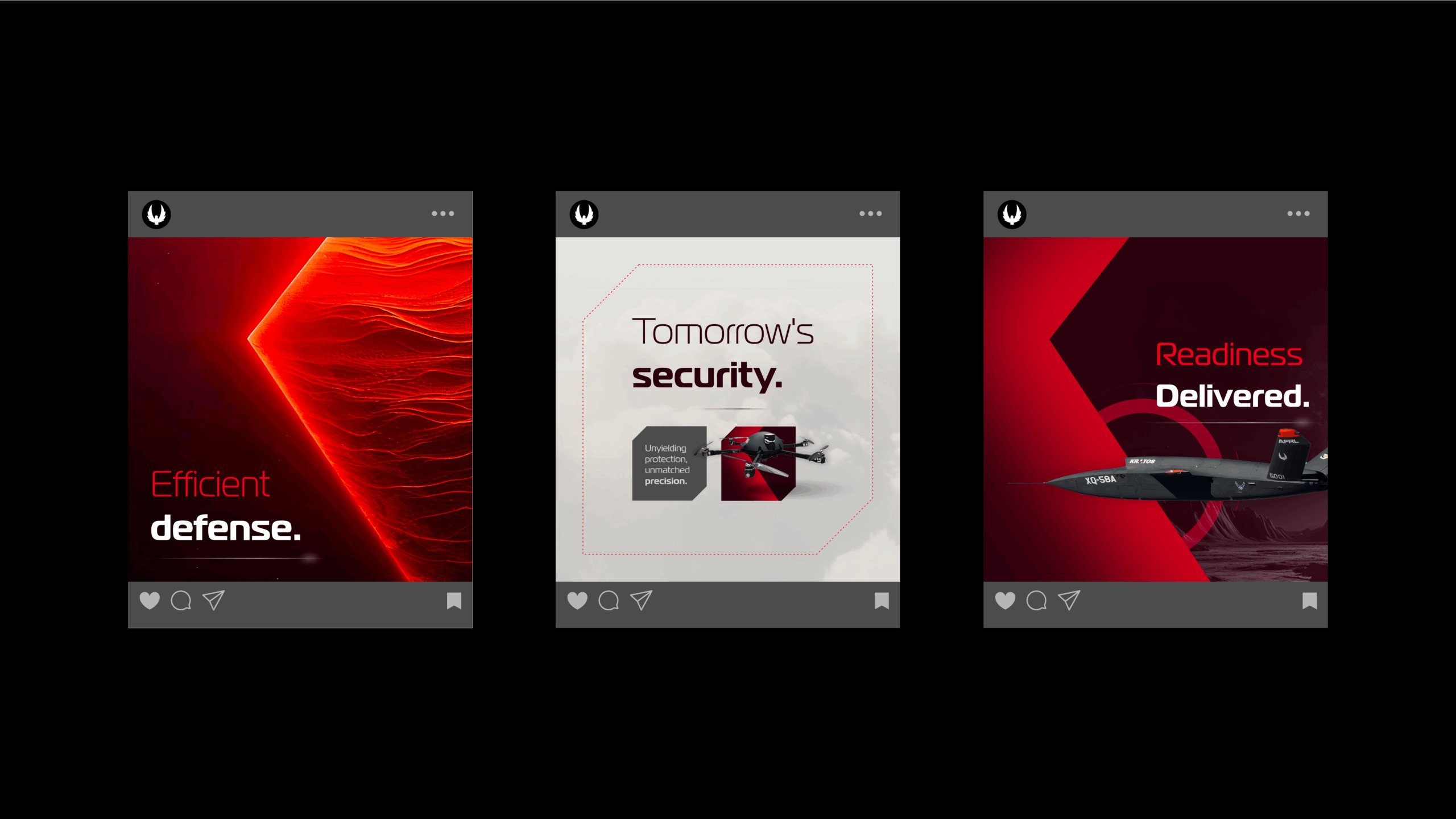
Common Pitfalls to Avoid
Before diving in, it’s worth recognizing what not to do:
- Ghostwritten to the point of sterility: If every post sounds like a press release, it won’t resonate.
- Overly promotional: Constantly pushing products makes the feed feel like an ad, not a conversation.
- Inconsistent presence: A flurry of posts followed by months of silence erodes credibility.
Authenticity means consistency, humility, and a willingness to engage beyond self-promotion.
Keys to Building an Authentic CEO Presence
Building a strong social footprint doesn’t require oversharing—it requires intention.
- Share personal perspectives: Speak in your own voice about leadership lessons, industry changes, or what inspires you.
- Engage, don’t just broadcast: Respond to comments, join discussions, and acknowledge others’ contributions.
- Balance professional and human: A post about a company milestone is great—so is a photo celebrating an employee’s achievement or a reflection on personal growth.
- Leverage storytelling: People connect with stories. Frame insights through experiences, challenges, and outcomes.
Tips for LinkedIn
LinkedIn remains the most important channel for executive visibility.
- Post regularly with original insights rather than resharing company press.
- Highlight employee wins, new initiatives, or lessons from leadership.
- Use video or personal posts to break through corporate formality.
Tips for X (Twitter)
X is ideal for thought leadership and real-time interaction.
- Join relevant conversations by following industry hashtags or leaders.
- Share live insights during events, conferences, or news cycles.
- Keep posts clear and concise—human, not corporate.
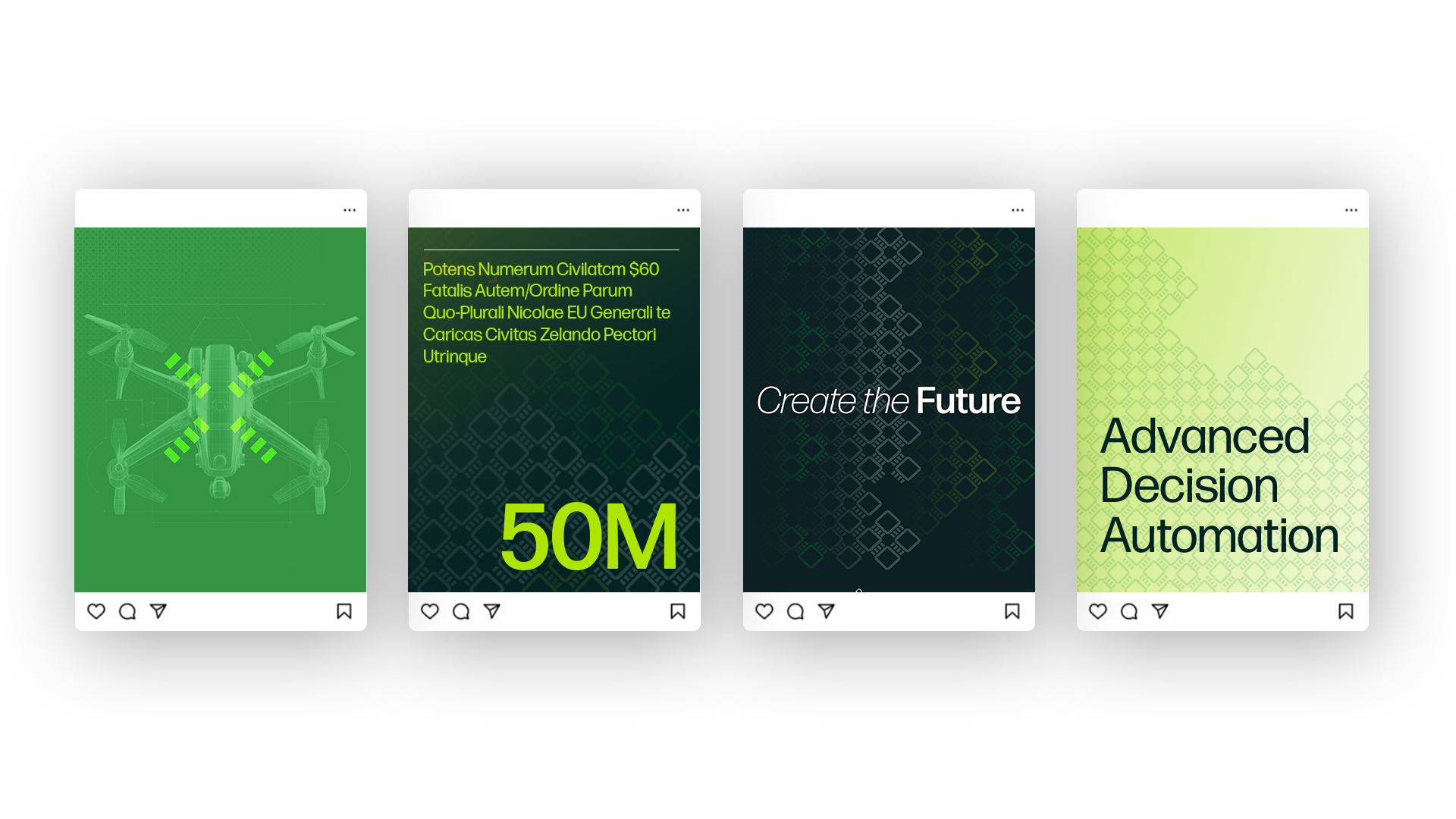
Supporting Executives Behind the Scenes
Most CEOs won’t manage their accounts entirely alone—and that’s okay. Communications and marketing teams play a key role in ensuring consistency while preserving authenticity.
- Develop a content cadence that balances leadership insights, company highlights, and engagement.
- Provide drafts and talking points, but encourage executives to add their own words or perspective.
- Use scheduling and analytics tools to stay consistent without overwhelming busy leaders.
The best results happen when teams provide structure, but executives still shape the voice.
The Long-Term Value of Executive Social Presence
When done well, social activity creates measurable value for both the leader and the brand:
- Recruiting: Candidates are more likely to apply when they see engaged, authentic leadership.
- Investor and partner relationships: Executives who share vision and insights strengthen credibility.
- Crisis communications: A trusted voice already present online is more effective when challenges arise.
Over time, consistent authenticity compounds into reputation equity.
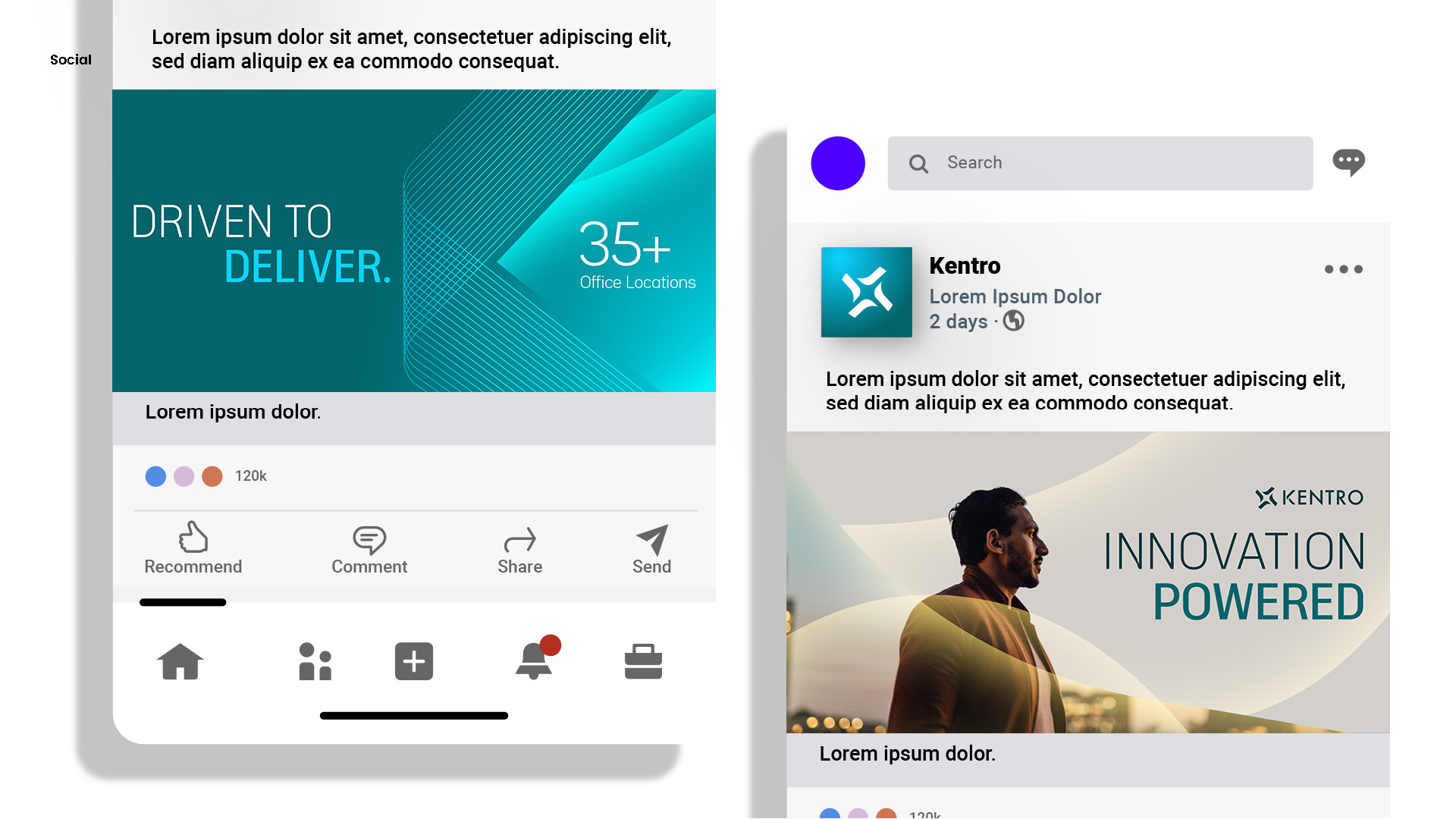
Authenticity Wins
In the end, executive presence on social media isn’t about being perfect—it’s about being present. CEOs who share openly, engage meaningfully, and show their human side strengthen both their personal reputation and their company’s brand.
Authenticity is the ultimate differentiator. In an era of AI-generated content and polished corporate messaging, a CEO’s genuine voice is a powerful asset.
Ready to help your leadership team build a stronger, more authentic presence online? Contact Bluetext to develop a CEO social strategy that drives impact.
For brands in highly regulated industries like healthcare, finance, or defense, social media often feels like a double-edged sword. On one hand, it offers powerful tools for engagement, brand awareness, and lead generation. On the other, strict compliance rules can make marketers wary of posting anything at all.
The good news: regulated brands can thrive on social media—but only if they strategically balance creativity with compliance. With the right approach, social campaigns can be both bold and fully compliant, helping brands stand out while avoiding legal or reputational risks.
Why Social Media Matters for Regulated Brands
Social media is no longer optional for professional brands; it’s a critical channel for communication and engagement. Decision-makers in healthcare, finance, and defense increasingly rely on digital platforms to research solutions, share insights, and build professional networks.
For example, healthcare organizations can educate providers and patients, finance brands can simplify complex financial concepts, and defense contractors can showcase thought leadership and innovation. Statistics show that over 80% of B2B buyers research companies on social media before making decisions, making a strong presence crucial—even in regulated spaces.
By developing a social media strategy for regulated industries, brands can increase reach, build trust, and position themselves as leaders in their sector—all without compromising compliance.

Common Compliance Challenges
Marketing in regulated industries comes with unique challenges. Some of the most common include:
- Legal Restrictions: HIPAA in healthcare, SEC advertising rules in finance, and ITAR regulations in defense create boundaries for what can be posted.
- Privacy Concerns: Protecting sensitive customer or patient data is paramount.
- Content Approval Requirements: Many posts require review from legal or compliance teams before publication.
- Brand Reputation Risk: A single misstep can have significant financial or reputational consequences.
Understanding these friction points is key to designing campaigns that are both compliant and effective. Even minor missteps—like sharing unapproved data or making inaccurate claims—can have major consequences.

Strategies for Compliant-yet-Bold Campaigns
Regulated doesn’t mean boring. There are proven strategies to make social campaigns engaging while staying within compliance boundaries:
- Risk-Aware Creativity: Focus on storytelling, thought leadership, and educational content rather than promotional claims.
- Approval Workflows: Establish clear processes for legal and compliance review to ensure content aligns with regulations.
- Visual Consistency: Use graphics, video, and interactive formats to make content engaging without crossing compliance lines.
- Audience Segmentation: Tailor messaging for specific audiences to maximize relevance while controlling exposure.
- Monitor & Iterate: Track engagement metrics and compliance feedback to continuously improve campaigns.
By implementing these strategies, regulated brands can create social campaigns that are bold, relevant, and fully compliant, turning social media into a true growth lever.
Building a Platform for Ongoing Compliance
Long-term success on social media requires more than individual posts—it requires an internal framework. Brands should consider:
- Policy Templates: Standardized guidelines for content creation and posting.
- Training Programs: Educate marketers and social managers on compliance rules and industry regulations.
- Cross-Functional Collaboration: Close coordination between marketing, legal, and compliance teams.
- Monitoring Tools: Use social listening and compliance software to catch issues before they escalate.
A well-designed platform for compliance enables teams to move quickly, post boldly, and maintain consistent messaging without the fear of regulatory violations.
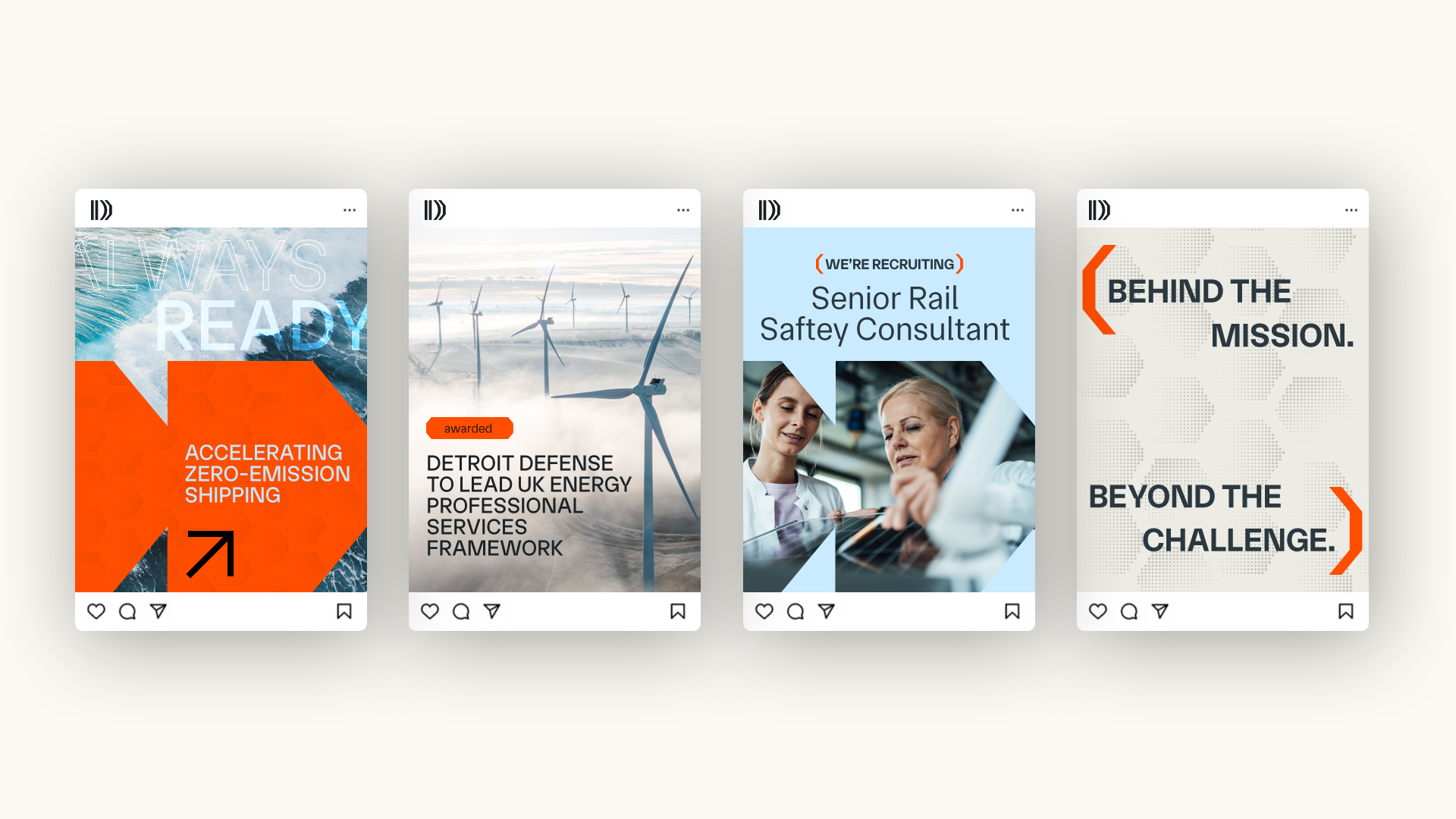
Measuring Success Without Risk
Performance metrics are critical for demonstrating ROI and ensuring campaigns remain compliant:
- Engagement Metrics: Likes, shares, comments, and clicks indicate audience interest.
- Conversion Metrics: Track lead generation, sign-ups, or other campaign objectives.
- Compliance Audits: Regularly review posts for adherence to regulations.
- Sentiment Analysis: Understand audience perception to guide content strategy.
These metrics help brands refine their approach, balance creativity with compliance, and continuously improve social media strategy for regulated industries.

Take the Next Step: Make Social Media Work for Your Brand
Brands in regulated industries no longer have to choose between compliance and engagement. By aligning policy and platform, healthcare, finance, and defense organizations can run bold, effective social campaigns that resonate with audiences while staying within regulatory boundaries.
In B2B marketing, subject matter experts (SMEs) are a company’s hidden superpower. Their expertise can position your brand as an authority, but without visibility, insight alone rarely moves the needle. That’s where LinkedIn Paid campaigns come in. By strategically amplifying SMEs’ content, organizations can turn thought leadership into a measurable engine for demand generation, simultaneously building brand authority and generating qualified leads.
The key is balance: authentic, insightful content combined with paid amplification ensures SMEs are seen by the right audience at the right time, without losing credibility or sounding overtly promotional.
Identifying the Right Subject Matter Experts for Amplification
Not every internal expert is naturally suited to public-facing thought leadership. Effective SMEs for LinkedIn campaigns typically:
- Possess deep industry knowledge relevant to your target audience
- Communicate clearly and persuasively in written or video formats
- Are enthusiastic about sharing insights externally
Aligning SMEs with both business goals and audience personas ensures their content addresses real pain points and resonates with potential buyers. Additionally, internal processes for content approval and compliance should be defined upfront to maintain consistency and brand integrity.
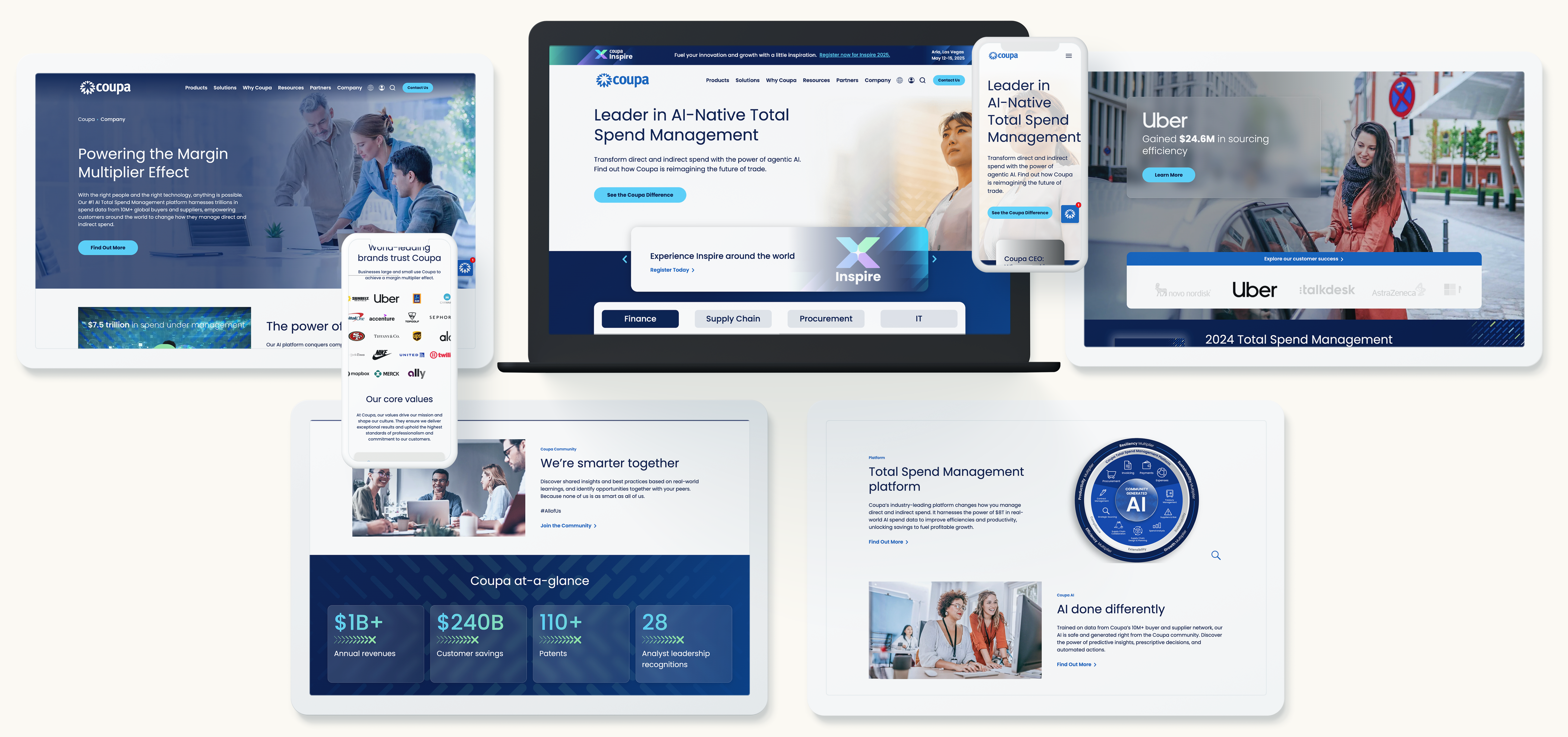
Crafting Content That Resonates on LinkedIn
The most successful LinkedIn campaigns start with content that is:
- Insightful and actionable: Industry trends, lessons learned, or innovative solutions
- Visually engaging: Slide decks, infographics, and carousel posts
- Digestible: Short, well-structured posts or video snippets for busy professionals
Repurposing internal expertise into formats optimized for LinkedIn engagement helps SMEs reach audiences efficiently while establishing authority. For instance, a technical expert can transform a complex whitepaper into a concise slide deck that highlights key takeaways for decision-makers.
Designing Paid LinkedIn Campaigns for Maximum Impact
Paid campaigns allow marketers to extend the reach of SME content beyond organic followers. Key components include:
Audience Segmentation
Targeting should be precise: decision-makers, industry peers, and relevant professional groups. Use LinkedIn filters such as role, seniority, company size, and industry to ensure content reaches the right people.
Campaign Objectives
- Awareness: Boost SME visibility and brand credibility
- Engagement: Encourage likes, comments, shares, and content interactions
- Conversion: Capture leads through webinar registrations, downloads, or demo requests
Budget and Bidding Strategy
Start with modest budgets to test performance, then scale successful campaigns. LinkedIn offers bidding options optimized for engagement or lead generation depending on your objectives.
Ad Creative Tips
- Showcase the authentic voice of the SME
- Include a clear call-to-action linking to gated content or lead capture forms
- Use compelling visuals, charts, or infographics to reinforce authority
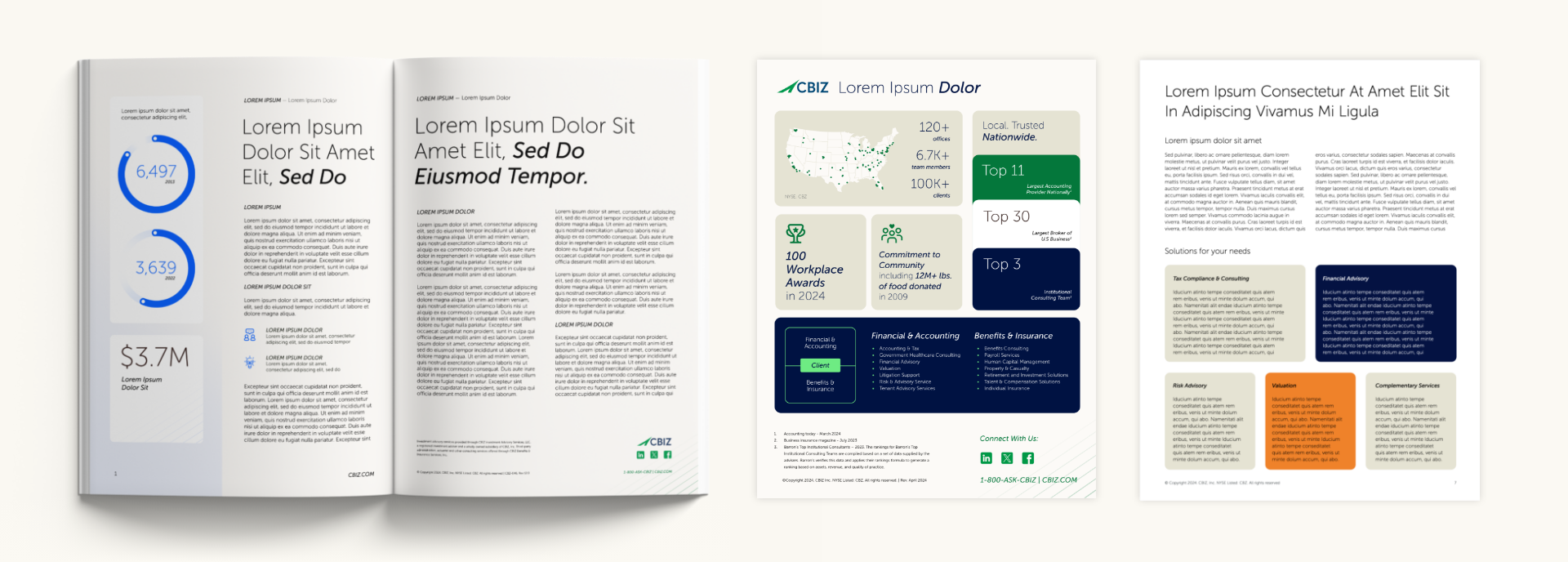
Measuring Success: From Authority to Pipeline
To ensure SMEs drive tangible business results, track both brand authority and demand metrics:
- Thought leadership metrics: Post views, likes, shares, and comments
- Demand generation metrics: Click-throughs, webinar registrations, form fills, and ultimately qualified leads
Setting up conversion tracking between LinkedIn campaigns and your CRM allows teams to quantify ROI and refine strategies based on what drives engagement and pipeline growth.
Optimizing and Scaling SME Campaigns
Continuous improvement ensures long-term impact:
- A/B test different content types, messaging angles, and ad formats
- Use retargeting to nurture previously engaged audiences
- Expand campaigns to additional SMEs or regional markets while maintaining authenticity
Scaling requires consistency: every SME’s voice should align with brand messaging while reflecting their unique expertise.
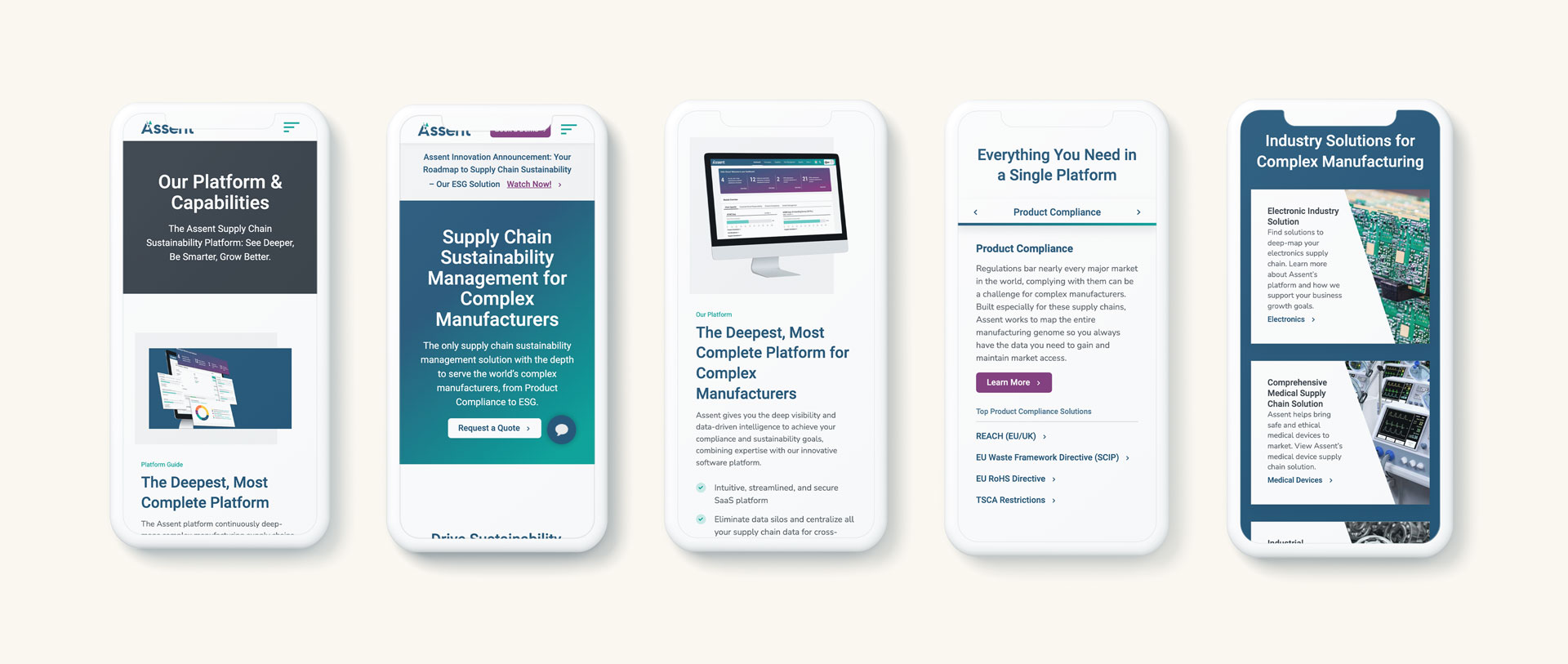
Best Practices and Compliance
Effective campaigns adhere to professional and ethical standards:
- Follow LinkedIn content guidelines and industry regulations
- Ensure SME messaging aligns with brand voice and approvals
- Avoid over-promotion; focus on insight and thought leadership to maintain credibility
Unlocking the Full Potential of LinkedIn Paid for Thought Leaders
When executed strategically, paid LinkedIn campaigns transform internal SMEs from quiet experts into demand-generating engines. Coordinated campaigns deliver:
- Brand authority: Positioning your organization as a leader in your field
- Pipeline growth: Driving engagement, leads, and conversions
Bluetext helps B2B marketers amplify their experts on LinkedIn to drive both authority and pipeline. Contact us to transform your thought leaders into demand engines.
In today’s B2B landscape, decision-makers aren’t just listening to brands—they’re listening to people. Not celebrities or social media stars, but real experts: engineers, analysts, developers, and operators with deep industry knowledge and the trust of their peers. For marketers, this shift presents a powerful opportunity: activating niche influencers to drive engagement, credibility, and conversions.
Here’s how smart B2B brands are tapping into the power of hyper-relevant voices to lead conversations—and win customers.
The Rise of the B2B Influencer
Influencer marketing is no longer reserved for beauty tutorials and unboxing videos. In the B2B world, influence looks different. It’s a federal cloud architect posting insight on LinkedIn. A cybersecurity analyst sharing zero-day vulnerabilities on X. A logistics manager breaking down efficiency tools on YouTube. These voices may not have millions of followers—but they do have something far more valuable: industry respect and decision-maker attention.
Whether you’re selling enterprise software, aerospace systems, or SaaS solutions for regulated industries, these niche influencers shape perception where it matters most—inside the buying journey.

Who Are B2B Influencers, Really?
Forget the ring lights and sponsored hashtags. The most effective B2B influencers are:
- Subject Matter Experts (SMEs): Engineers, developers, and product leaders who’ve built the solutions others now use.
- Analysts & Advisors: Independent thinkers who interpret market trends and tech shifts.
- Practitioners: Individuals working in the field—public sector tech officers, procurement leads, or operations directors.
- Evangelists: Employees or superfans who naturally share your brand’s vision and value.
They may not be household names, but in their specific communities, they carry serious weight.
How to Identify the Right Influencers
The key to successful B2B influencer marketing is relevance over reach. You’re not looking for a massive audience—you’re looking for the right one. To find them:
- Use tools like SparkToro or Onalytica to surface influencers by topic, keyword, or community.
- Leverage social listening to track who your buyers already follow and engage with.
- Tap into your ecosystem: Look at customers, partners, or internal experts who already have a voice in the market.
Ask: Who is creating content that my buyers trust? Who’s translating complex concepts into accessible insight?
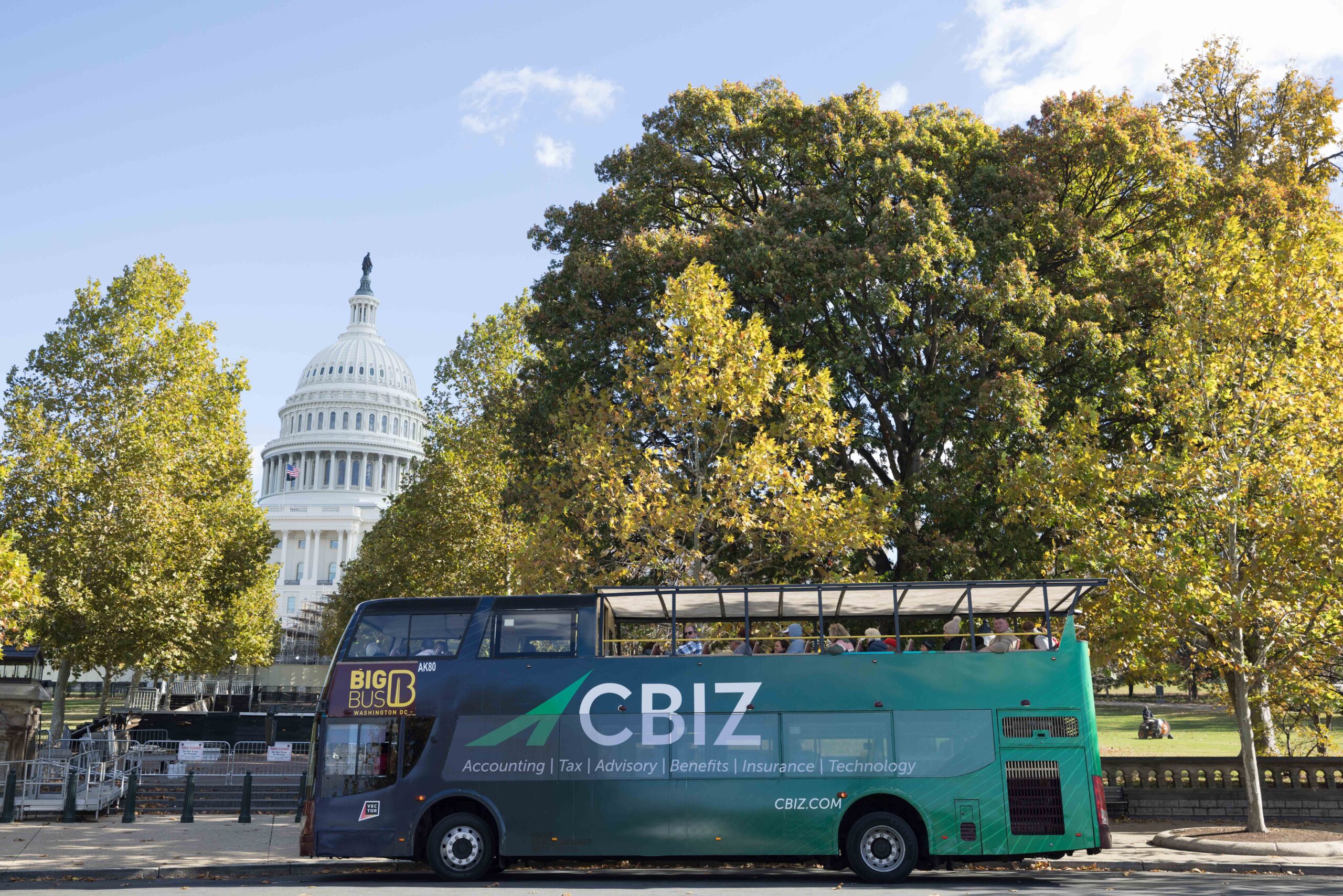
Creative Ways to Activate Niche Voices
Once you’ve identified your influencers, give them a platform—and creative freedom. Some effective tactics include:
- Co-branded thought leadership: Partner on blogs, reports, or social content that blends your brand POV with their credibility.
- Podcasts & webinars: Host niche discussions that invite influencers to share their perspectives with your audience.
- Social media takeovers: Let influencers speak directly to your community from your branded channels.
- Video reviews or demos: Let a trusted voice showcase your product in their own way—particularly effective for technical tools.
Remember: authenticity is everything. Avoid over-scripting or forcing them into your brand voice.
What Makes These Activations Effective?
The best B2B influencer campaigns share a few key traits:
- Authenticity: Let influencers be themselves. It’s their voice that builds trust—not your script.
- Relevance: Niche influencers speak directly to specific buyer segments. That’s what makes them so powerful.
- Consistency: One-off campaigns might raise awareness, but sustained partnerships build loyalty.
Think of influencers not as one-time assets, but as ongoing collaborators who deepen your connection to a target audience.

Measuring Success in B2B Influencer Campaigns
B2B sales cycles are long, complex, and rarely linear—so measuring influencer success goes beyond likes and impressions. Instead, look at:
- Engagement from the right audience segments
- Referral traffic to key landing pages or assets
- Influencer-generated content performance over time
- Assisted conversions and pipeline attribution (via UTM tracking or CRM insights)
- Brand sentiment and earned media mentions
And don’t overlook qualitative feedback: the comments, DMs, or offline conversations that signal credibility is taking root.
Influencer Marketing Is Trust Marketing
At its core, B2B influencer marketing isn’t about going viral. It’s about meeting buyers where they are, with voices they already trust. When executed strategically, it doesn’t just boost awareness—it shapes decisions, accelerates journeys, and positions your brand as a true authority within a niche.
Want to Build Your Own Influencer Ecosystem?
Bluetext helps B2B brands develop influencer strategies tailored to their vertical, audience, and goals. Whether you’re looking to launch a full-scale program or test the waters with a single campaign, we can help you activate the voices that matter.
Contact us to learn how we help brands earn trust, one niche voice at a time.
When marketers think of social media for B2B, the usual suspects come to mind—LinkedIn, X (formerly Twitter), and maybe YouTube. Reddit? It’s often written off as the Wild West of the internet: chaotic, anonymous, and unpredictable. But for those willing to navigate its nuances, Reddit can be a goldmine of insight, authenticity, and B2B engagement.
Reddit isn’t just cat memes and AMAs from celebrities. It’s a thriving ecosystem of professionals, buyers, engineers, and decision-makers asking questions, solving problems, and sharing unfiltered opinions. For B2B marketers, that’s an opportunity you can’t afford to ignore—so long as you approach it the right way.
Why Reddit Deserves a Spot in Your B2B Strategy
Reddit is the sixth most-visited site in the U.S., boasting over 1.7 billion visits per month. What sets it apart isn’t just the scale—it’s the structure. Reddit is divided into thousands of interest-based communities (called subreddits), each with its own culture, norms, and moderators.
This makes Reddit less like a traditional social media platform and more like a decentralized forum. The conversations are honest, often brutally so, and the self-promotion police are always watching. That’s why marketers need to rethink their playbook here.
But when used smartly, Reddit offers three powerful advantages for B2B brands:
- Direct access to niche professional communities
- Real-time market intelligence and customer pain points
- Opportunities for thought leadership in high-trust environments
Reddit vs. Other Platforms: A Different Set of Rules
On Reddit, trust is everything—and users are quick to call out anything that feels like a sales pitch. Unlike algorithm-driven platforms that reward virality, Reddit rewards value. This value usually comes in the form of helpful answers, shared experiences, or genuine discussion.
A few things that make Reddit unique:
- Anonymity encourages honesty
- Users upvote/downvote posts based on value, not popularity
- Each subreddit has its own rules—many ban self-promotion outright
- Engagement is conversation-first, not content-first
In short, you’re not talking at your audience—you’re talking with them.
Where B2B Conversations Are Happening on Reddit
You might be surprised by the depth of professional discussions taking place on Reddit. Whether it’s an IT admin trying to solve a security issue, a founder exploring pricing models, or a marketer testing messaging—Reddit is where professionals go to speak candidly.
Here are a few subreddits worth exploring:
- r/sysadmin – IT infrastructure, troubleshooting, and vendor comparisons
- r/AskEngineers – Engineering insights and technical questions
- r/smallbusiness – Entrepreneurial advice and SaaS tool recommendations
- r/marketing – Strategy, channels, and campaign reviews
- r/legaladvice – Regulatory and compliance discussion (especially useful for legal tech and fintech marketers)
These forums are treasure troves for social listening, offering unfiltered insights into what your target audience actually thinks—and what keeps them up at night.
How to Engage Authentically (And Avoid Getting Downvoted)
Reddit is not the place for traditional brand marketing. Come in too strong, and you’ll get downvoted—or worse, banned. Here’s how to participate without blowing your cover:
✅ Listen Before You Speak
Lurk in relevant subreddits. Track recurring questions. Identify influencers. Get a feel for how your target users communicate and what matters to them.
✅ Be Helpful, Not Promotional
Reddit users respond best to transparency and expertise. If you’re going to comment or post, make sure it adds real value—think troubleshooting advice, experience-based responses, or resource recommendations.
✅ Post as a Person, Not a Brand
Unless you’re hosting an official AMA (Ask Me Anything), it’s better to comment as an individual professional. You’ll build trust more easily that way.
✅ Use Reddit Ads to Test the Waters
Reddit’s paid ad platform allows brands to place content in specific subreddits with high precision. While the organic path takes time, promoted posts can be a safe entry point for testing messaging or driving traffic.
✅ Follow the Rules (Really)
Each subreddit has its own guidelines. Some ban promotional links, others require flairs or minimum karma. Break the rules, and you’re out. Respect the community if you want to stay in it.
Reddit Use Cases for B2B Brands
Done right, Reddit can amplify your marketing efforts:
- Thought Leadership: Host AMAs with product managers, engineers, or subject matter experts
- Product Feedback: Monitor mentions of your product or competitors for unfiltered reviews
- Persona Development: Use real conversations to refine audience personas and messaging
- Content Ideation: Discover trending questions and topics to fuel your blog, SEO, or video content
- Support and Reputation Management: Address concerns in real time or redirect users to support channels
Avoid These Common Reddit Marketing Mistakes
Reddit can be unforgiving. Here’s what to avoid:
- ❌ Posting links without context or commentary
- ❌ Copy-pasting marketing content into threads
- ❌ Creating throwaway accounts just for brand activity
- ❌ Ignoring subreddit rules
- ❌ Being defensive when challenged
If your engagement isn’t authentic, it won’t work—and it could do more harm than good.
Reddit Is a Risk—But a Smart One
Reddit isn’t a plug-and-play platform. It requires research, patience, and a light touch. But for B2B marketers seeking more meaningful engagement and market insight, the upside is huge. It’s one of the few digital spaces where people say what they really think—and if you can navigate it right, your brand can benefit from that raw authenticity.
At Bluetext, we help B2B brands explore emerging digital channels like Reddit with the right strategy, tone, and content to drive real results.
Looking to tap into new communities and platforms? Contact Bluetext to build a social strategy that goes beyond the expected.
In today’s hyperconnected world, brand reputation can be built—or broken—online in a matter of minutes. When a crisis hits, the digital conversation doesn’t pause. Consumers take to social media to voice concerns, share opinions, and demand accountability. For brands, this presents both a challenge and an opportunity. By leveraging social media listening tools, companies can move beyond damage control and into strategic recovery—tracking sentiment, addressing key concerns, and rebuilding trust in real time.
What Is Social Media Listening?
Social media listening is more than just monitoring mentions or counting likes. It’s the process of tracking conversations across social platforms, analyzing sentiment, and extracting insights that can inform strategic action. Unlike basic monitoring, which focuses on individual interactions or metrics, listening dives deeper into the emotional tone, recurring themes, and emerging issues surrounding a brand or industry.
By analyzing this data at scale, brands gain a holistic view of public perception and can proactively respond to trends, concerns, and shifts in sentiment.
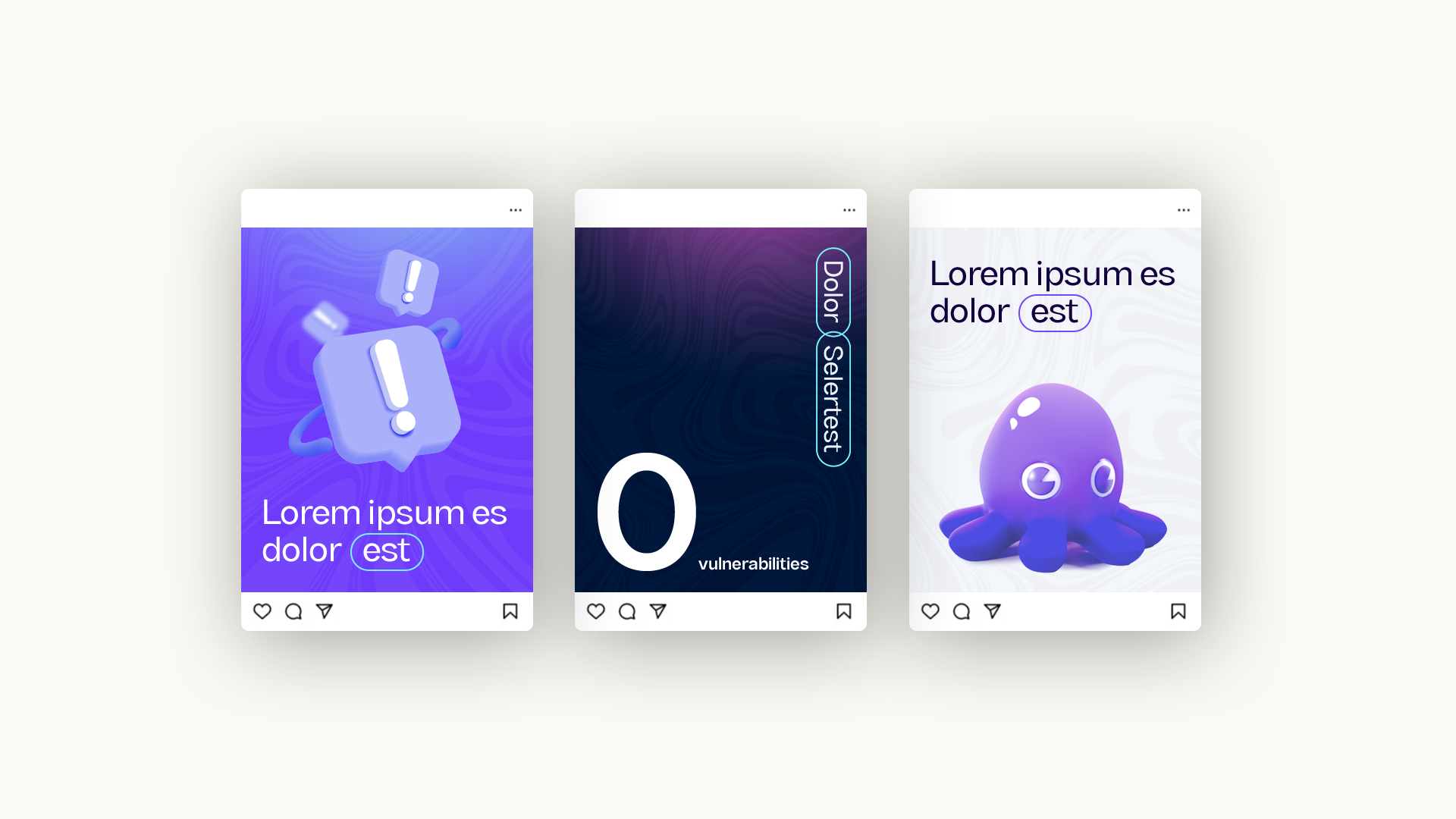
The Role in Crisis and Recovery
In the wake of a crisis—whether it’s a product recall, a leadership controversy, or a service outage—time is of the essence. Social media listening provides brands with a crucial real-time feedback loop. It helps communications teams:
- Gauge sentiment shifts as a crisis unfolds.
- Identify misinformation or rumors gaining traction.
- Understand what matters most to their audience during the fallout.
Armed with these insights, brands can tailor their responses with precision—acknowledging concerns, correcting false narratives, and showing empathy where it matters most. The ability to “read the room” through data helps companies avoid tone-deaf messaging and deliver communications that resonate.
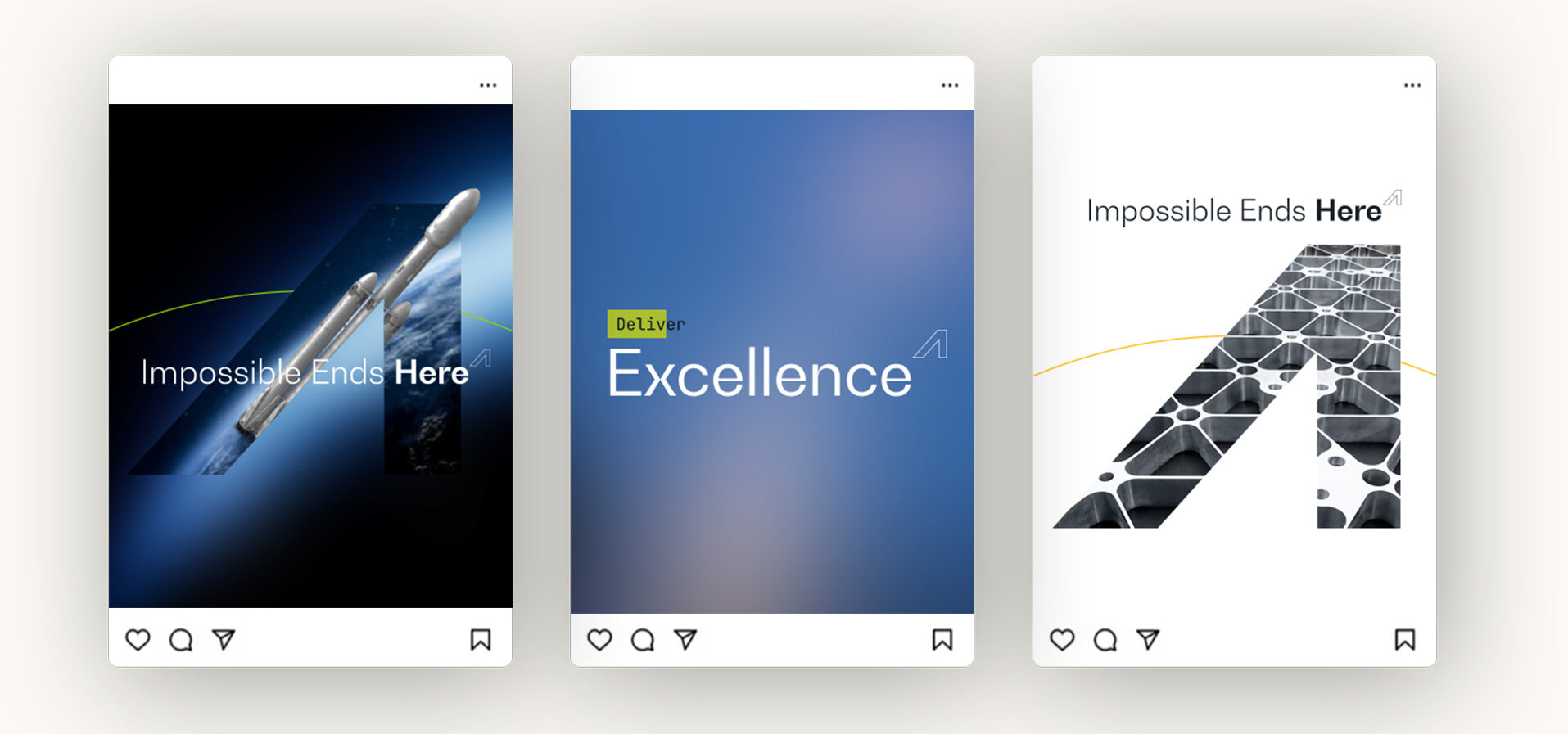
Turning Insights Into Action
Social media listening doesn’t just inform what you say—it shapes what you do. When brands identify recurring themes in feedback, it can lead to meaningful change: updating policies, improving customer service workflows, or even adjusting product features.
For example, if customers are expressing confusion over a recent policy change, a brand might follow up with an explainer video or an FAQ campaign. If frustration is mounting over unacknowledged complaints, prioritizing personalized responses or a public statement can go a long way in restoring credibility.
When your audience sees that their voices are being heard—and acted upon—it fosters a sense of transparency, accountability, and respect.
Tools and Tech That Power Listening
There are a variety of platforms available to help brands implement robust social listening strategies. Tools like Brandwatch, Sprout Social, Talkwalker, and Meltwater use AI and natural language processing to scan and analyze millions of online conversations.
These platforms can surface key insights such as:
- Most mentioned topics or keywords.
- Sentiment scores over time.
- Influential users or communities driving conversations.
While automation is powerful, it’s important to pair these tools with human analysis. Skilled strategists can interpret nuance, cultural context, and subtext that machines may miss, ensuring insights translate into thoughtful, brand-aligned actions.

Best Practices for Using Social Listening in Recovery
To maximize the impact of social listening during reputation recovery, consider the following best practices:
- Set up targeted alerts for key terms, brand variations, competitor names, and emerging hashtags.
- Monitor beyond your own handles—public forums, Reddit threads, TikTok comments, and online reviews can reveal hidden sentiment.
- Build a cross-functional team that includes marketing, PR, customer support, and legal to review and act on insights.
- Document and evolve your crisis response protocols based on what the data reveals during each incident.
- Continue listening long after the news cycle has moved on—perception recovery takes time, and sustained effort is key.
Reputation Recovery Starts with Listening
Recovery isn’t a switch you flip—it’s a journey. And in that journey, listening is your compass. By tuning into your audience’s needs and expectations through social media listening, you not only stay ahead of the conversation—you guide it.
At Bluetext, we help brands move from crisis to comeback through data-driven reputation strategies that prioritize empathy, responsiveness, and transparency.
Struggling to recover from a reputation crisis? Bluetext helps brands leverage social listening and strategic messaging to turn setbacks into comebacks. Contact us to get started.
In today’s digital-first economy, brand perception can outweigh company size. Small and mid-sized enterprises (SMEs) often assume that building a strong brand requires deep pockets—but the truth is, creativity, consistency, and strategy matter more than budget. With the right approach, your business can craft a powerful brand identity that rivals enterprise competitors.
Here’s how SMEs can build a big brand without breaking the bank.
Why Brand Matters—Even for Small Businesses
Your brand is more than a logo—it’s the promise you make to customers, the emotions you evoke, and the personality you project. A strong brand:
- Builds credibility and trust
- Differentiates you in a crowded market
- Attracts the right customers and talent
For SMEs, brand equity is a critical asset—and one that can be cultivated on any budget.
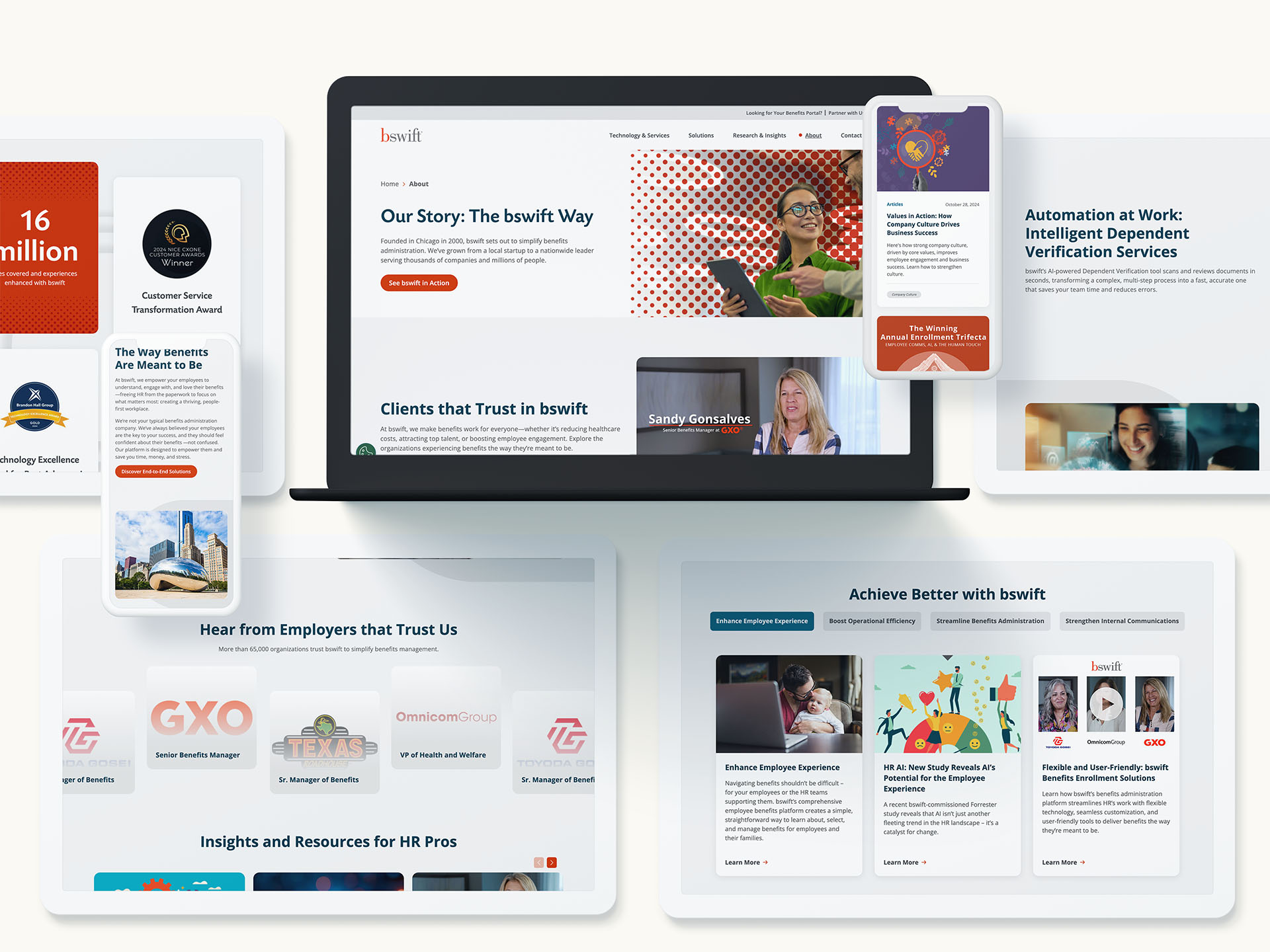
Start with Strategy, Not Spending
Before designing a logo or printing business cards, clarify your brand foundation:
- Mission & Vision: Why do you exist? Where are you headed?
- Core Values: What principles guide your business?
- Brand Personality: Are you bold, approachable, disruptive, or traditional?
- Target Audience: Who are you speaking to, and what matters to them?
This internal clarity becomes the blueprint for every touchpoint that follows.
Build a Visual Identity with Budget-Friendly Tools
A professional appearance doesn’t have to be expensive. Free and low-cost design tools like Canva, Looka, or Figma make it easy to create:
- Logos
- Color palettes
- Typography systems
- Social media templates
Consistency is key. Develop lightweight brand guidelines so your visuals and tone are cohesive across platforms.
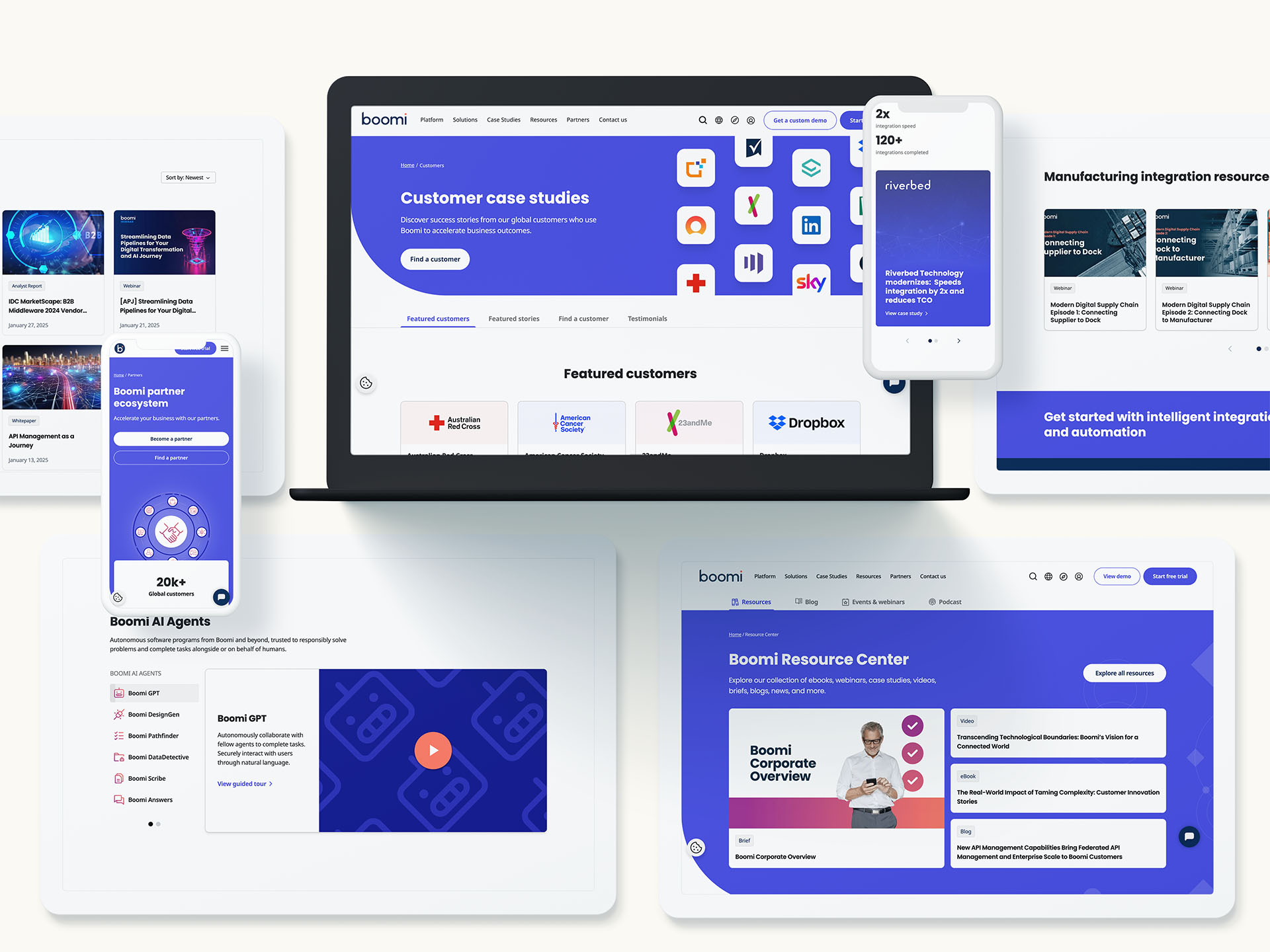
Leverage Low-Cost Digital Channels
Digital marketing levels the playing field for SMEs. Consider these cost-effective strategies:
- Organic Social Media: Focus on platforms where your audience spends time. Show behind-the-scenes content, customer spotlights, and thought leadership.
- Content Marketing: Start a blog and optimize posts for SEO. Share helpful, relevant content that positions your brand as a resource.
- Email Marketing: Use tools like Mailchimp or Brevo to build lists and nurture leads.
- Local SEO: Claim your Google Business Profile, encourage reviews, and optimize your site for local search.

Tell Stories That Stick
Big brands know that storytelling sells—and you can use the same strategy:
- Share your founder’s story to build authenticity.
- Highlight customer success stories to build social proof.
- Use video to humanize your brand without high production costs (hello, smartphone!)
Partner Up and Amplify
Tap into partnerships to increase your reach without increasing spend:
- Collaborate with other SMEs or local influencers
- Launch joint giveaways or events
- Encourage employee advocacy on social media
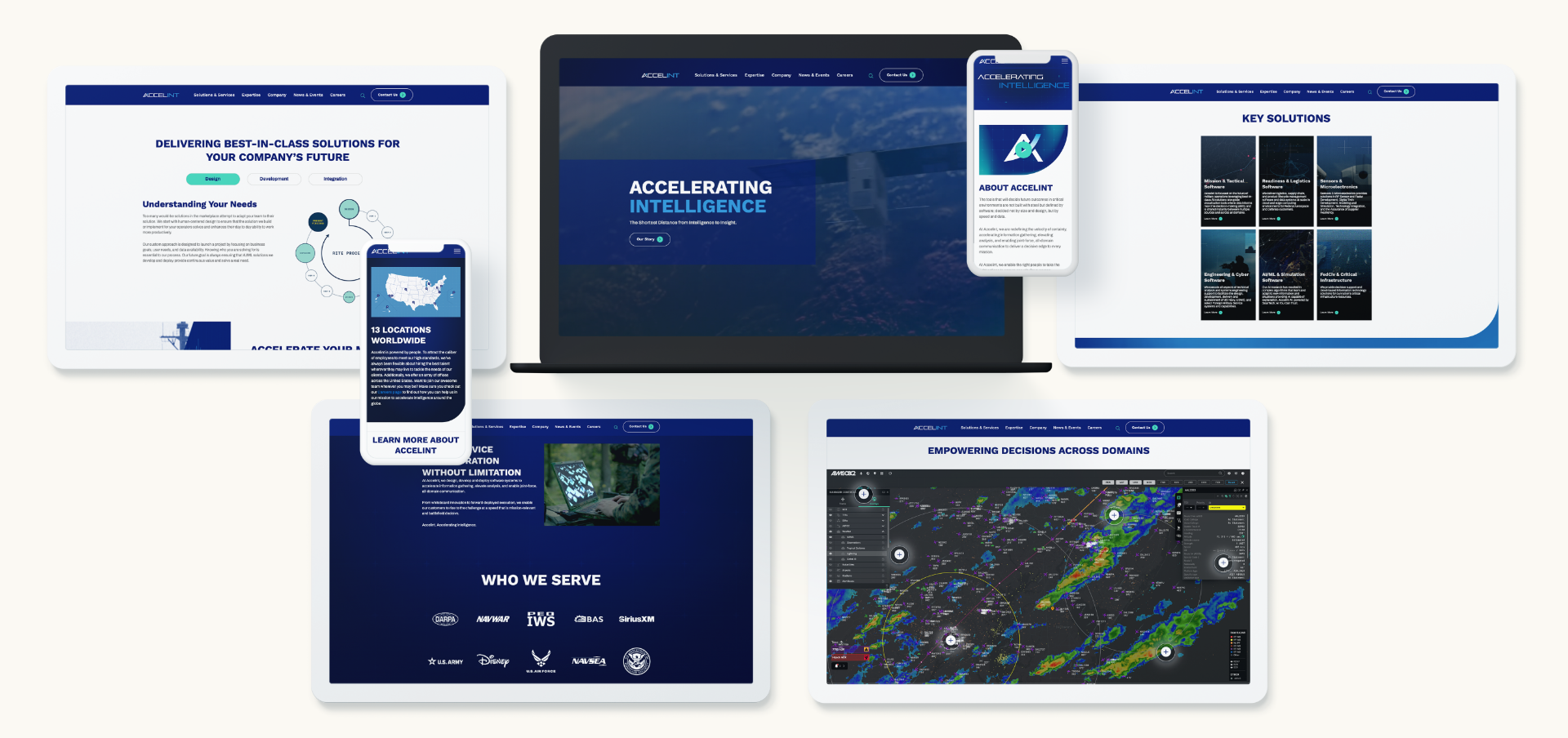
Know Where to Invest
While you can bootstrap many brand assets, some areas are worth the spend:
- A polished website: Often your first impression—make it count.
- Messaging and positioning: A strategic foundation can elevate all future content.
- Targeted campaigns: A well-placed ad or sponsored post can generate high ROI if your audience and creative are dialed in.
Build Bold on a Budget
You don’t need a massive budget to build a memorable brand. With strategic planning, consistent execution, and smart use of digital tools, SMEs can craft a presence that’s as compelling as the industry giants.
Ready to scale your brand without scaling your budget? Contact Bluetext to start building a brand that punches above its weight.
Why Crisis Management Matters More Than Ever
In today’s hyperconnected world, brands must be prepared to respond to crises in real time. Social media, instant news cycles, and viral content mean that missteps can escalate quickly. Whether it’s a cybersecurity breach, PR scandal, or regulatory issue, how a company handles a crisis can define its reputation for years to come.
At Bluetext, we specialize in helping brands develop and execute crisis communication strategies that safeguard their reputation and maintain public trust. Here’s how your company can prepare for and respond to crises effectively.
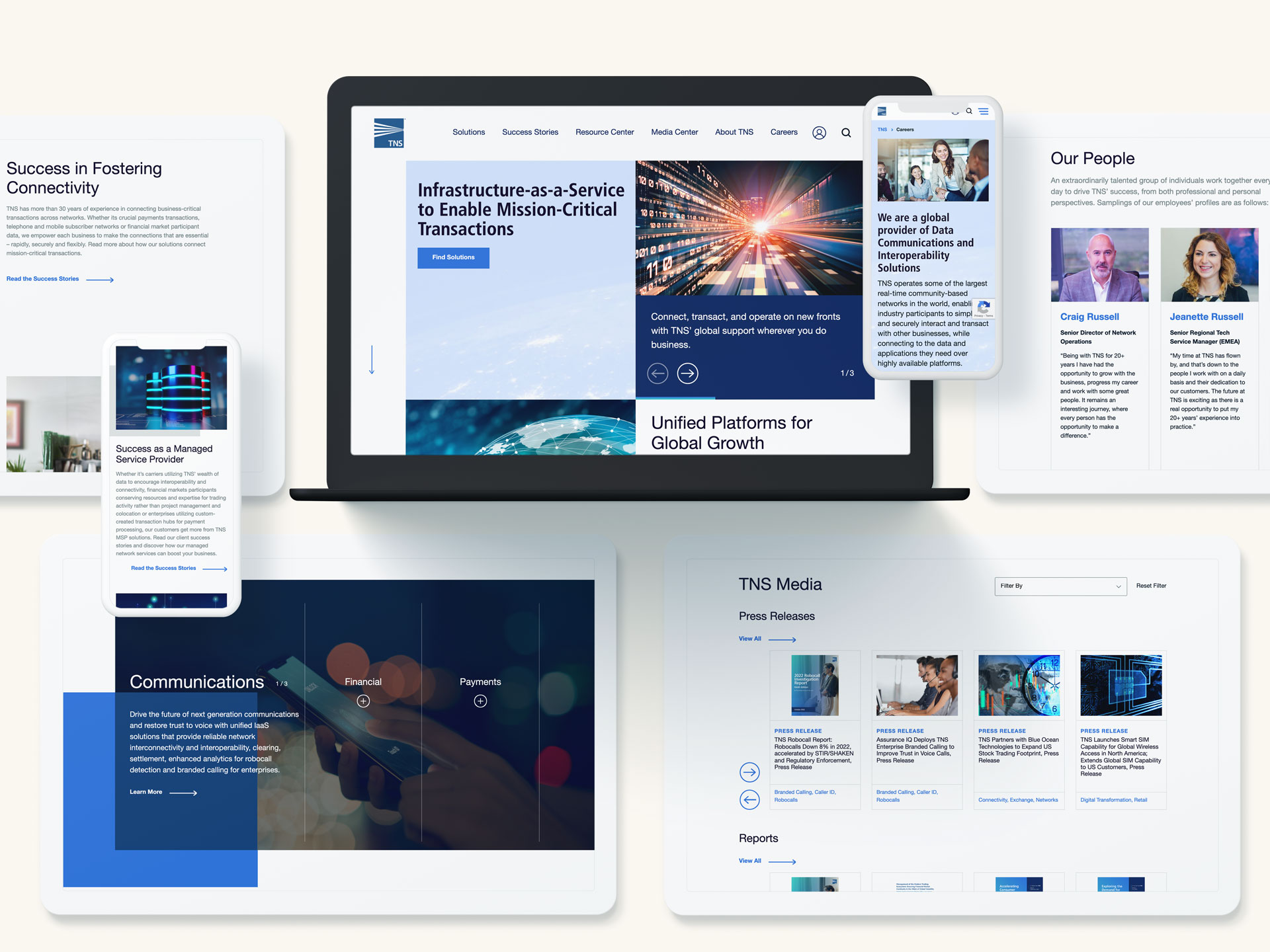
Understanding the Modern Crisis Landscape
Crisis situations can arise from various sources, including:
- Cybersecurity threats: Data breaches and hacks can compromise customer trust.
- Regulatory non-compliance: Failing to adhere to industry standards can lead to public scrutiny.
- Executive missteps: Social media blunders and controversial statements can quickly spiral.
- Product failures or recalls: Negative customer experiences can damage brand credibility.
Recognizing potential risks allows brands to proactively develop response strategies before a crisis unfolds.
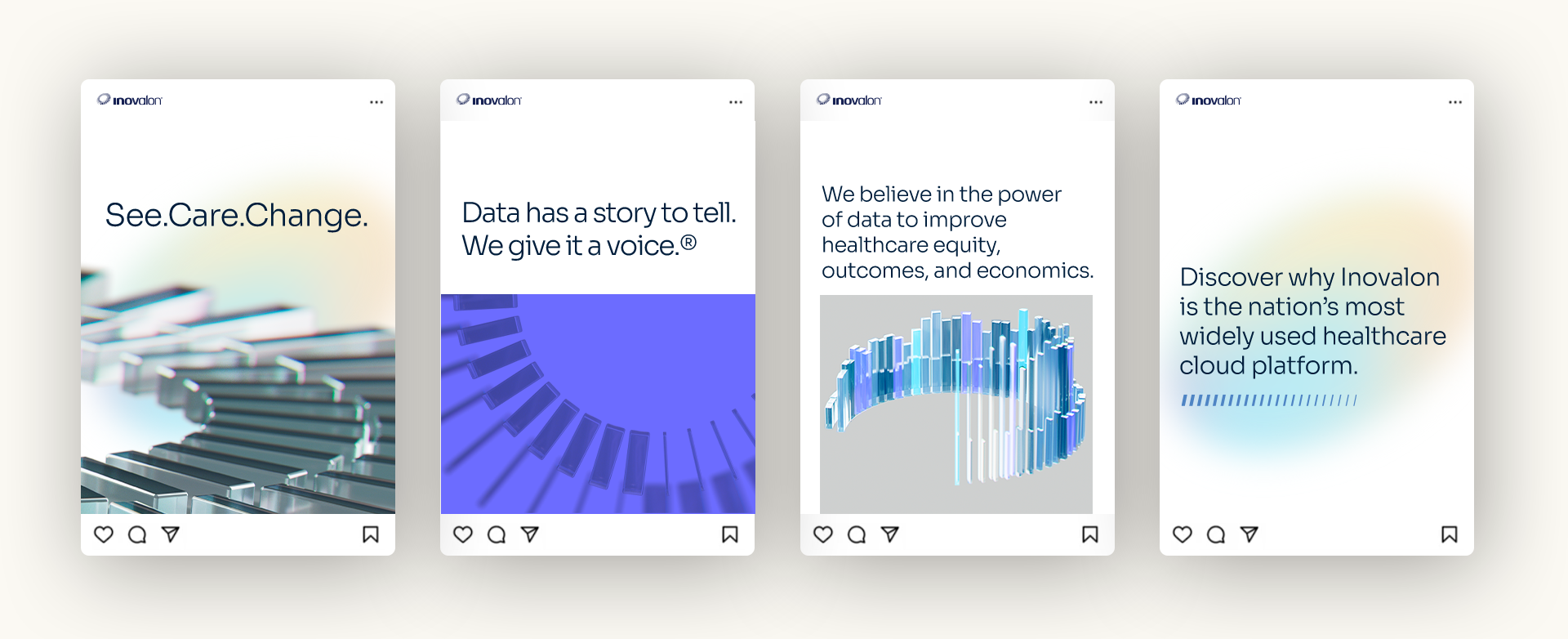
Building a Crisis-Ready Organization
Preparation is the foundation of effective crisis management. Brands should:
- Establish a dedicated crisis response team with clear roles and responsibilities.
- Develop pre-approved messaging frameworks to ensure consistent, on-brand responses.
- Conduct regular crisis simulations to test response protocols and identify improvement areas.
Executing an Effective Crisis Response
During a crisis, swift and strategic action is essential. Key steps include:
- Control the narrative: Issue an initial response promptly to acknowledge the situation.
- Communicate transparently: Provide accurate information and avoid speculation.
- Engage with stakeholders: Address concerns through social media, press releases, and direct communication.
- Monitor and adapt: Use social listening tools to gauge public sentiment and adjust messaging accordingly.

Rebuilding Trust After a Crisis
Once the crisis is under control, brands must focus on reputation recovery by:
- Demonstrating accountability: Clearly outlining corrective actions taken.
- Engaging with key audiences: Reassuring customers, partners, and stakeholders.
- Enhancing long-term brand resilience: Implementing lessons learned to improve future crisis responses.
How Bluetext Can Help
Crisis management requires a proactive approach, strategic execution, and expert guidance. At Bluetext, we help brands develop tailored crisis communication plans to navigate challenges with confidence. Contact us today to ensure your organization is prepared for any crisis scenario.
In today’s hyper-connected world, crises unfold in real time, amplified by social media, 24/7 news cycles, and instant communication. The days when brands had the luxury of carefully crafting a response over hours or days are long gone. Now, organizations must react swiftly, transparently, and strategically to manage crises effectively. This blog explores the transformation of crisis management in the digital age and outlines best practices for brands to navigate challenges while maintaining trust with their audience.
The New Landscape of Crisis Management
Before the digital era, crisis management primarily relied on traditional media channels—press releases, news conferences, and carefully managed public relations strategies. Today, crises can escalate within minutes, driven by viral social media posts, influencer commentary, and rapid news dissemination. Some of the key challenges brands face in this environment include:
- Speed of Information Spread: A single tweet or video can reach millions within minutes, making it crucial for brands to respond quickly.
- Misinformation and Fake News: False narratives can take hold before brands even have a chance to react, complicating crisis containment.
- Increased Consumer Expectations: Audiences demand immediate transparency, accountability, and direct engagement from brands during crises.

Strategies for Crisis Management in the Digital Age
To effectively navigate crises, brands must implement modern strategies that align with the fast-paced nature of digital communication.
1. Real-Time Monitoring and Social Listening
Crisis management begins before a crisis even arises. Leveraging social listening tools and AI-powered analytics can help brands detect potential issues early, allowing for proactive measures.
2. Develop a Crisis Communication Plan
Having a predefined crisis response framework enables brands to react quickly and consistently. A strong crisis plan should include:
- A dedicated response team
- Clear escalation protocols
- Pre-approved messaging templates for different scenarios
3. Respond Quickly, But Thoughtfully
While speed is critical, a hasty, poorly crafted response can do more harm than good. Brands should:
- Acknowledge the issue promptly
- Provide factual, transparent updates
- Avoid defensive or dismissive language
4. Engage with Stakeholders Effectively
Stakeholder trust is vital during a crisis. Brands should communicate with employees, customers, partners, and the public through appropriate channels, ensuring consistent messaging across all platforms.
5. Learn from Past Crises
Case studies of past crises—both successful and failed responses—can provide valuable insights. Brands should analyze:
- How similar situations were handled
- What worked and what didn’t
- How communication strategies influenced public perception
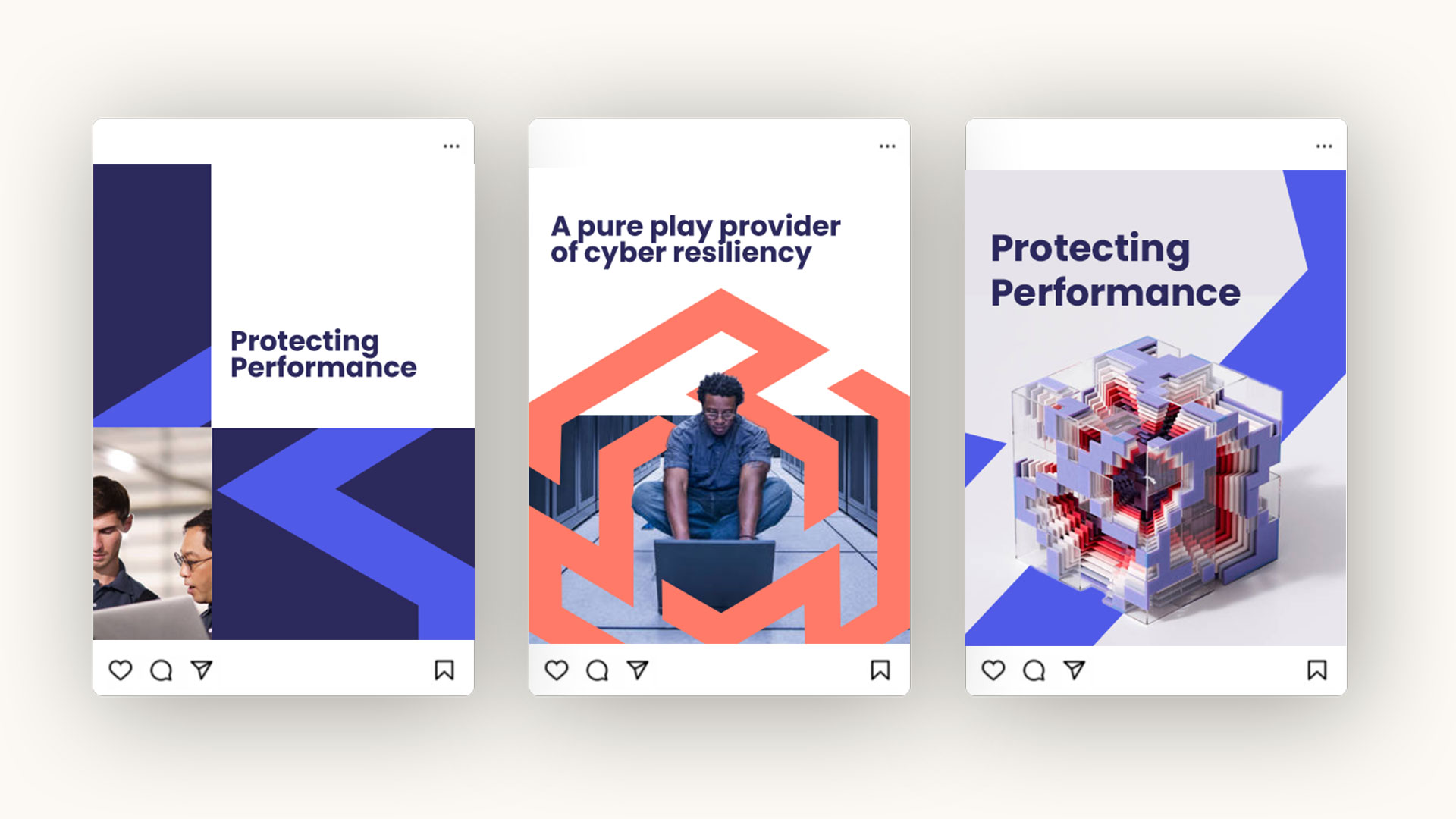
The Role of AI and Automation in Crisis Management
Artificial intelligence is playing an increasing role in crisis management, offering capabilities such as:
- AI-driven sentiment analysis: Identifying negative trends before they escalate
- Chatbots and automation: Providing instant responses to customer concerns
- Predictive analytics: Assessing potential risks based on historical data
Preparing for the Future of Crisis Management
The digital landscape will continue evolving, and brands must stay ahead of emerging challenges. Organizations should:
- Invest in crisis simulation exercises
- Strengthen their digital media teams
- Maintain open communication with their audience
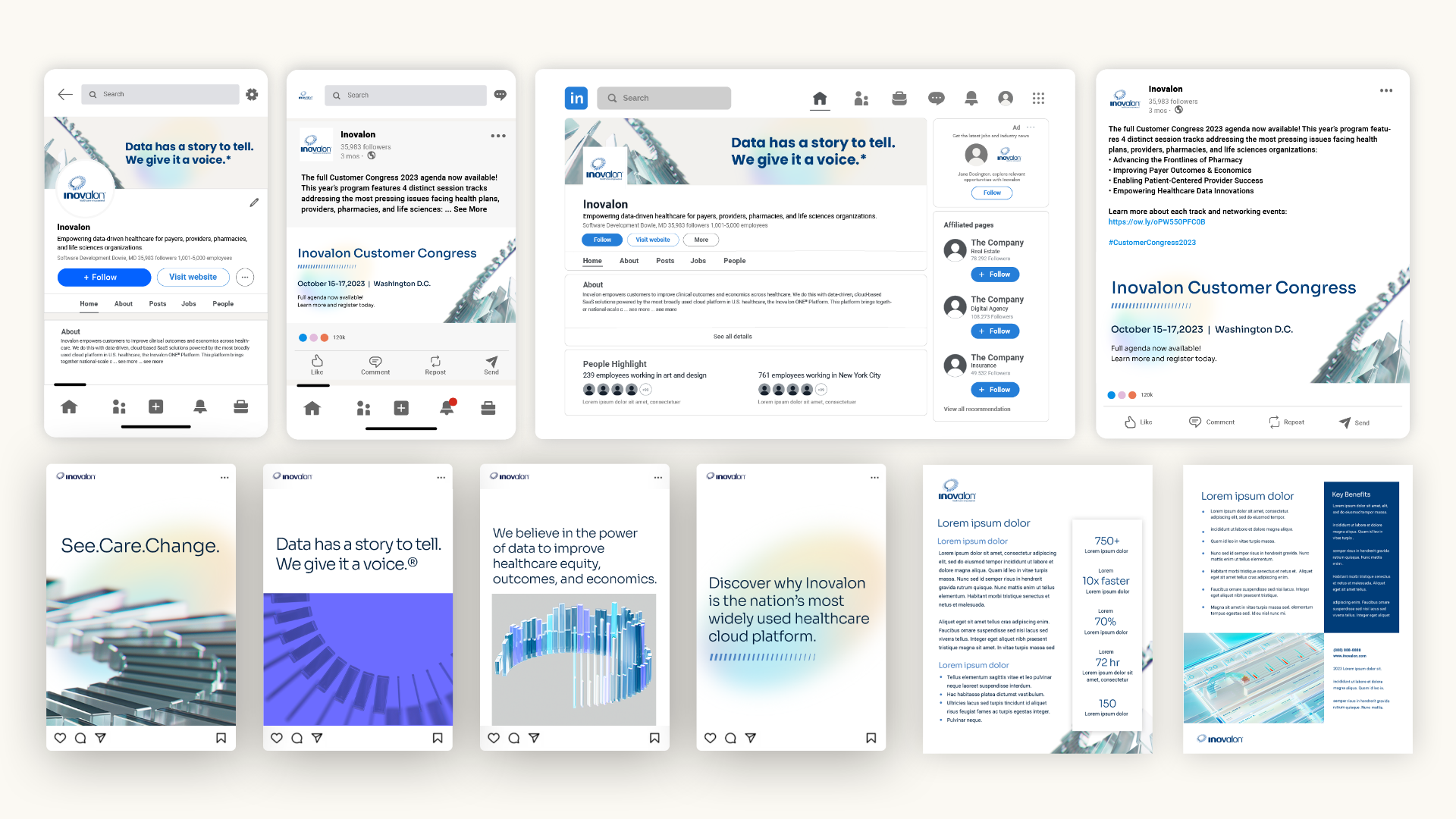
Need Expert Crisis Communication Support?
Navigating a crisis requires expertise, agility, and a well-structured plan. Bluetext specializes in helping brands develop comprehensive crisis communication strategies that protect their reputation and maintain public trust. Contact Bluetext today to ensure your brand is prepared for the unexpected.
